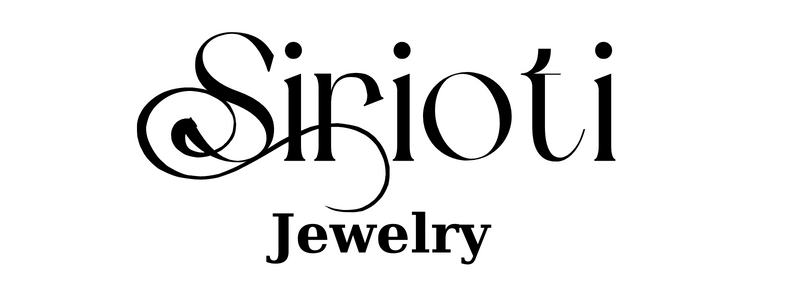The story of the Stymphalian Birds is one of the most fascinating in Greek mythology. These fearsome creatures were no ordinary birds; their ability to shoot deadly metallic feathers and their sacred connection to the god of war, Ares, made them a significant challenge for even the mightiest hero, Hercules. This blog explores their origins, their role in Hercules' legendary Twelve Labors, and the fascinating facts surrounding their myth.
The Origins of the Stymphalian Birds
The Stymphalian Birds hail from the ancient marshlands near Stymphalos in Arcadia, Greece. According to mythology, these birds were not ordinary creatures; they were believed to have been bred by Ares, the god of war, to serve as his pets and symbols of destruction. The birds possessed:
- Sharp, metallic feathers that they could shoot like arrows.
- A tendency to feast on human flesh, terrorizing the local people.
- A haunting screech that could paralyze their prey with fear.
Some myths also suggest that the birds migrated to the Black Sea after Hercules’ intervention, continuing to wreak havoc in other lands.
 Hercules against the Stymphalian Birds
Hercules against the Stymphalian Birds
Hercules and the Sixth Labor: Facing the Stymphalian Birds
As part of his Twelve Labors, Hercules was tasked with ridding the marshes of Stymphalos of these deadly birds. This labor came after a series of equally impossible tasks, including slaying the Nemean Lion and capturing the Erymanthian Boar. Yet, the Stymphalian Birds posed a unique challenge due to their sheer numbers and dangerous environment.
Divine Assistance: Hercules initially struggled to approach the birds as the swampy terrain made it difficult to move without sinking. Recognizing his plight, the goddess Athena provided Hercules with a pair of bronze krotala—noise-making clappers created by Hephaestus, the god of blacksmiths.
The Plan: Using these clappers, Hercules created a thunderous noise that startled the birds into the sky. Once airborne, he took aim with his bow and arrows, which were dipped in the deadly venom of the Lernaean Hydra.
The Victory: Hercules killed many of the birds, and those that survived fled the region, never to return to Stymphalos. His successful completion of this labor further cemented his reputation as Greece’s most invincible hero.
Fascinating Facts About the Stymphalian Birds
- Connection to Ares: In some myths, the Stymphalian Birds were sacred to Ares, the god of war, which is why they were particularly violent and destructive.
- Man-Eating Birds: Unlike most birds in Greek mythology, the Stymphalian Birds were known to feast on human flesh, making them a constant threat to local inhabitants.
- Unique Weaponry: Their feathers were sharp and metallic, acting as projectile weapons. This gave the birds a dangerous edge against both humans and animals.
- Athena’s Role: This is one of the few Labors where Hercules received direct help from the gods. Athena not only supplied him with the tools to startle the birds, but also guided him in strategy.
- Environmental Challenge: The marshland where these birds lived made it difficult for anyone to reach them, which is why this task was seen as particularly dangerous.
The Legacy of the Stymphalian Birds
The story of the Stymphalian Birds highlights not only Hercules’ strength but also his ability to think strategically and use the tools at his disposal. The myth has been interpreted in various ways throughout history, with some suggesting that the birds symbolize overwhelming challenges that require both brute force and clever thinking to overcome.
The Sixth Labor also showcases the constant interference of the gods in Hercules’ journey. Whether out of spite, as with Hera, or out of genuine aid, as with Athena, divine forces played a pivotal role in the unfolding of his life’s events.
Conclusion: The Timeless Appeal of the Stymphalian Birds Myth
The tale of the Stymphalian Birds remains a timeless example of how mythology uses powerful imagery to convey deeper truths. The birds symbolize chaos and destruction, and Hercules’ victory over them represents humanity’s constant struggle to bring order to the world. Whether you're an enthusiast of Greek mythology or simply intrigued by legendary creatures, the Stymphalian Birds offer a unique glimpse into the ancient world’s storytelling brilliance.
Their role in Hercules' Labors adds to the richness of the hero's journey, reminding us that even the mightiest need strategy, support, and resolve to overcome the wild forces of nature.

